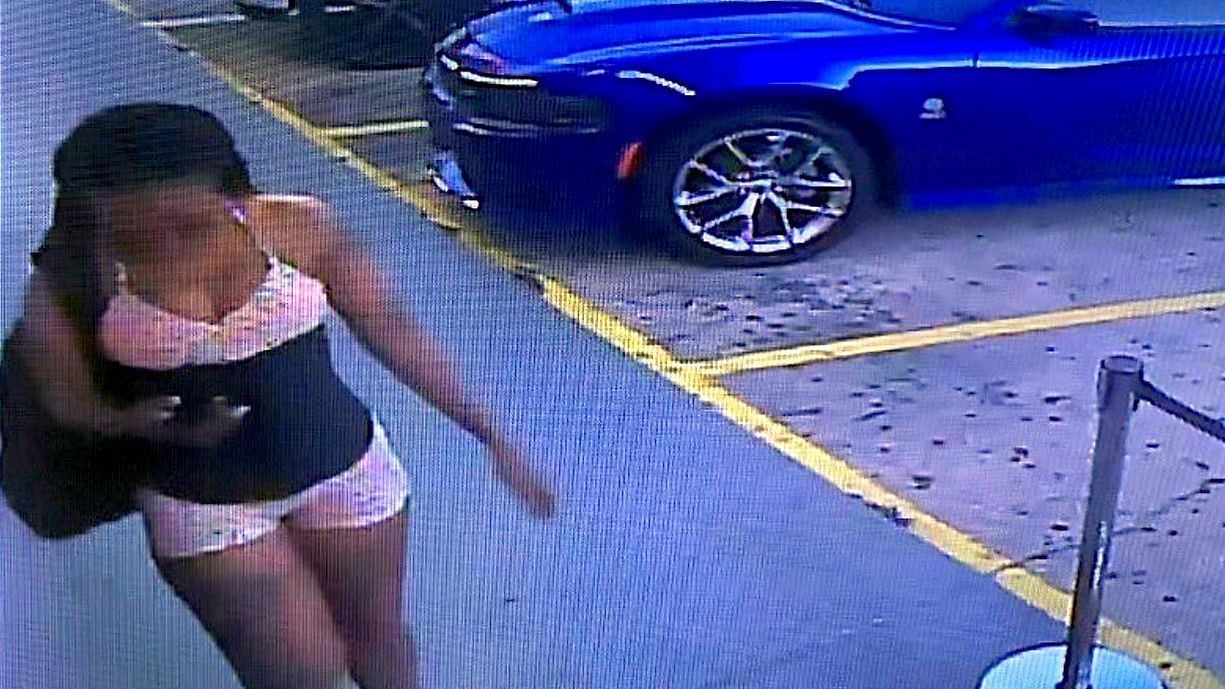Unless the operators are trained
“as long as the light comes on, it’s safe!“
I mean, when I worked at expedition Everest, we were literally trained, “you just need one click!” I know those two rides are different, but when it comes to being trained on safety procedures, operators are give him pretty much black and white parameters to look for. “Is the light on?”Check. “Does the child’s head reach the minimum height on the measuring stick?” Check. There are next to no subjective parameters given to the minimum wage employees, like, “is the harness down ‘enough?’” It shouldn’t be up to the kid running the ride to make that kind of judgment call in the moment, especially since that definition can vary from operator to operator. That’s why the locking mechanisms come with sensors so that there is a definitive “safe enough” standard for the operators to go off of. The problem is that the manufacturer did a very poor job that defining what is “safe enough.”
Having said that, I have been on the drop tower at Dollywood, and I rode next to someone who was about this kid’s size. Obviously he lived to tell the tale, and no one then made a judgment call that he was “too big.“ No one even batted an eye. However, it’s just a standard drop tower with no tilt. The manufacturer’s standard for “safe enough“ for the harness closures seemed to work fine on their regular drop towers. It would seem that those standards were not adjusted to take the tilt of the seats into consideration. And frankly, I don’t know how the ride engineers – whose job it is to take all of these variables into consideration - didn’t think of that.




